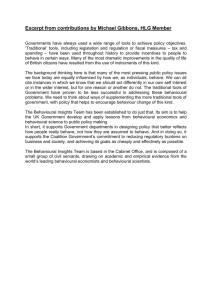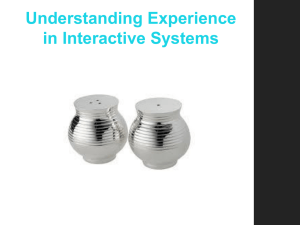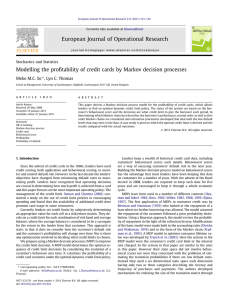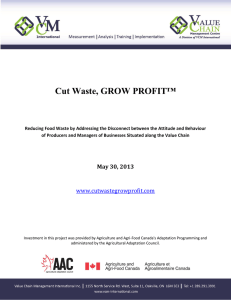Marketing Planning for Value Delivery Chapter 11 Word Document
advertisement
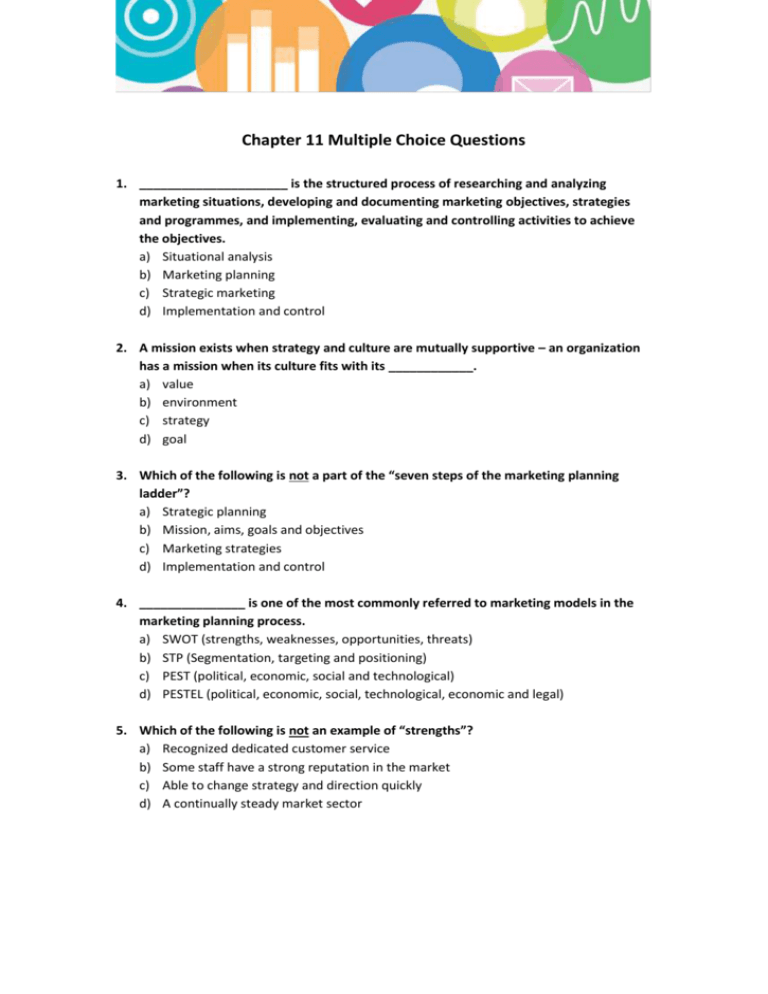
Chapter 11 Multiple Choice Questions 1. _____________________ is the structured process of researching and analyzing marketing situations, developing and documenting marketing objectives, strategies and programmes, and implementing, evaluating and controlling activities to achieve the objectives. a) Situational analysis b) Marketing planning c) Strategic marketing d) Implementation and control 2. A mission exists when strategy and culture are mutually supportive – an organization has a mission when its culture fits with its ____________. a) value b) environment c) strategy d) goal 3. Which of the following is not a part of the “seven steps of the marketing planning ladder”? a) Strategic planning b) Mission, aims, goals and objectives c) Marketing strategies d) Implementation and control 4. _______________ is one of the most commonly referred to marketing models in the marketing planning process. a) SWOT (strengths, weaknesses, opportunities, threats) b) STP (Segmentation, targeting and positioning) c) PEST (political, economic, social and technological) d) PESTEL (political, economic, social, technological, economic and legal) 5. Which of the following is not an example of “strengths”? a) Recognized dedicated customer service b) Some staff have a strong reputation in the market c) Able to change strategy and direction quickly d) A continually steady market sector 6. Which of the following is not an example of “weaknesses”? a) Market share is shrinking b) Competition from other local franchisees due to misallocation of geographic territory c) Susceptible to staff turnover, absence d) Cash flow often an issue, with very little support from the bank 7. Which of the following strategies is not included in Porter model of marketing strategy? a) Differentiation b) Cost focus c) Cost leadership d) Operational excellence 8. Examples of consumer segmentation variables are: a) Behavioural, Attitudinal, Geographic, Environmental b) Behavioural, Demographic, Geographic, Psychographic c) Behavioural, Demographic, Geographic, Environmental d) Behavioural, Attitudinal, Environmental, Psychographic 9. Positioning is the process of creating a perception of a brand relative to competing brands. It can be measured using a ‘high-low scale’ across several dimensions like: a) brand, reliability and quality b) price, reliability and quantity c) price, reliability and quality d) price, design and quality 10. In operational excellence strategy the organisation: a) tries its best to lead the industry sector in price and convenience b) concentrates all efforts on making its operations lean and efficient c) keeps ahead of the technology curve and continually produces leading-edge, stateof-the-art products and services d) makes its own and competitors’ products obsolete 11. __________________ was traditionally used by many organizations to classify a product or even a business according to the features of the market and the features of a product. a) Porter model b) Treacy and Wiersema model c) Boston Consulting Group (BCG) model d) Product life cycle (PLC) model 12. In the BCG matrix, products that enjoy a high market share, and where the market growth is relatively low/slow so that these products are high-revenue generators, are referred to as: a) Cash cows b) Dogs c) Question marks d) Stars 13. _______________ are products that have low market share but operate in a high growth market. a) Cash cows b) Dogs c) Question marks d) Stars 14. Which one of the following methods of resource allocation will give the best chance of achieving organizational goals and objectives? a) This-is-how-much-I’ve-got method b) Percentage of sales method c) Competition matching method d) Objective and task method 15. Which of the following is not a price-related expense? a) bulk-buy/quantity discounts b) loyalty schemes c) events and experiential marketing d) personal selling through sales commissions/ expenses


